In today's dynamic fashion landscape, picking the right pair of lifestyle shoes can elevate your wardrobe and offer utmost comfort. From the sleek lines of Nike to the sustainable designs by Allbirds, there's a brand for every personal style and need. Whether you're looking for something trendy or timeless, each brand has its unique flair and quality assurance. Explore the curated list below to find the best lifestyle shoe brands that align with your aesthetic and comfort preferences.
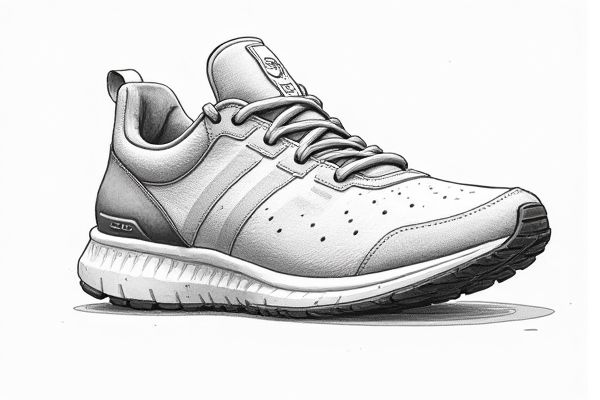
Illustration of lifestyle shoes
Best brands of lifestyle shoes in 2025
Nike
Nike is one of the leading producers of lifestyle shoes, dominating the market with a 38.2% share of the total footwear market in 2022 and a 38.5% share in the sneaker department. The company has experienced significant growth, increasing its athletic footwear market share from 17.9% in 2011 to 30% in 2023, marking a 67.6% increase over the period. Nike's strong presence is also evident in the basketball market, where it holds a 96% share of the lifestyle basketball market and 86% of the performance basketball market as of 2019. The brand produces over 800 million pairs of shoes annually, with half of its production coming from Vietnam. Nike's footwear segment accounts for approximately 62.5% of its global revenues. For more detailed Nike shoes statistics, visit RunRepeat.
Adidas
Adidas is one of the leading producers of lifestyle shoes, boasting a 15.4% market share in the global athletic footwear market as of 2022. The brand experienced a 9.6% growth in footwear net sales, reaching $11.4 billion in 2022, with footwear sales accounting for 55.1% of the company's total net sales. Adidas dominates various regions, including Europe, Middle East, and Africa (EMEA), which generated $4.2 billion in 2022, and North America, where shoe sales totaled $3.3 billion in the same year. The brand is known for its iconic three-stripe design and has a strong presence in the sneaker market with a 14.7% share. Adidas also has a significant resale market presence, having held up to 46% of the secondary sneaker market in 2017. For more details, visit their official website.
New Balance
New Balance is a leading producer of lifestyle shoes, renowned for its high-quality and stylish footwear. In 2022, the brand reported over $5 billion in revenue, marking a 21% growth from the previous year, and it aims to double its size to $10 billion in the near future. With a brand awareness of 88% among U.S. sneaker owners and a usage share of 27%, New Balance has established a strong presence in the market. The brand's favorability has particularly increased among Gen Z adults, rising from 34% to 52% between September 2022 and September 2023. New Balance also stands out for manufacturing a quarter of its shoes domestically, highlighting its commitment to local production. Discover more as New Balance emerges as a brand to watch.
Puma
Puma is a leading producer of lifestyle shoes, holding a significant 1.2% share of the global footwear market as of 2022, with a notable 5.1% share in the sneaker segment. The brand has seen consistent revenue growth, reaching $4.6 billion in footwear revenues in 2022, and is projected to hit $6.2 billion by 2030. Puma also holds a 4% share of the athletic shoe market in the United States and is the fourth most popular basketball shoe brand in the NBA, averaging a 3.4% share over the past five seasons. With partnerships with major sports teams and celebrities, Puma continues to expand its market presence. The company has also made significant strides in sustainability, aiming to use recycled materials in at least 90% of its shoes by 2025. For more insights, explore Puma's shoe statistics.
Converse
Converse is a leading brand in the global footwear market, known for its timeless and versatile lifestyle shoes. With a brand value estimated at $4.2 billion as of 2023, Converse holds a 4.6% share of the global athletic footwear market and achieved a 13% increase in global revenue to $2.5 billion in 2023. The brand's e-commerce sales grew by 20% in 2023, with mobile purchases accounting for 65% of total online sales. Converse enjoys a high customer retention rate of 75% and has seen a 40% increase in social media engagement. Its strong presence in the Asia-Pacific region contributed to an 18% year-over-year sales increase in the area.
Vans
Vans is a leading brand in the lifestyle shoe market, recognized by 86% of sneaker owners in the United States, with a brand popularity score of 33% among the sneaker audience. The brand is particularly strong among younger generations, with 90% of Gen Z consumers recognizing Vans and 39% of them owning a pair. In 2011, Vans became the first skateboarding-rooted brand to break the $1 billion sales mark, and by 2023, it had grown into a $3 billion global lifestyle brand. Vans aims to continue its growth, having targeted $5 billion in revenue by fiscal year 2023. The brand's success is also evident in its significant impact on sales, such as the 20% and 30% increases in direct-to-consumer and online sales, respectively, following the "Damn Daniel" viral video in 2016. For more insights, visit Statista's Vans brand profile.
Reebok
Reebok, a subsidiary of Adidas, is a significant player in the lifestyle shoe market, known for its innovative designs and strong market presence. Despite holding a global market share of around 5-7% in the athletic footwear industry, Reebok commands a remarkable 47% market share in the sports footwear and apparel category in India and has expanded its presence in other countries like Pakistan and Sri Lanka. Reebok strategically targets urban consumers and niche disciplines such as CrossFit and MMA, enhancing its appeal to specific consumer segments. The brand's retro sneakers, born from sports in the 80s and 90s, remain timelessly authentic and popular. Reebok's focus on comfort, style, and performance has made it a preferred choice for many consumers.
Skechers
Skechers is a leading producer of lifestyle shoes, having achieved record annual sales of $8 billion in 2023 and predicting growth to $10 billion by 2026. The company dominates the market with a 41% domestic market share in the US and a significant 52% revenue share from North and South America. Skechers' direct-to-consumer retail market has risen to 38% of its revenue, and the company has over 4,700 stores globally. With a strong female end-user segment accounting for 60.2% of its consumers, Skechers continues to expand its market presence. The brand has also made its debut on the Fortune 500 list in 2023. For more detailed Skechers shoe statistics, visit their report.
Asics
Asics is renowned as one of the top producers of lifestyle and athletic footwear, holding a global market share of 8.1% in the athletic footwear industry, making it the fourth-largest brand worldwide. In the performance running footwear segment, Asics commands a significant 9.9% global market share as of 2019 and 13.3% as of January 2020, surpassing competitors like Nike and Adidas in this category. The brand's strong presence is also evident in the U.S. market, where it holds approximately 6.5% of the athletic footwear market share as of 2021. Asics' success is further highlighted by its 589% year-over-year growth on the resale platform StockX in the first seven months of 2024. The brand's commitment to innovation, such as its GEL™ technology, has been a key factor in its market success. For more on the Asics founder story and history, you can visit their website.
Under Armour
Under Armour has emerged as a leading producer of lifestyle shoes, surpassing Adidas in U.S. apparel and footwear sales to become the second-largest sports brand in the country. With a 14% share of the U.S. sports apparel market, Under Armour's sales have jumped 20% this year, while its footwear segment has seen significant growth, reaching $1.45 billion in global sales in 2023. The company's innovative products, such as its Cloudmonster and Cloudsurfer running shoes, have been key drivers of this success. Under Armour's focus on women's sports apparel and footwear, along with its strategic partnerships and advanced manufacturing capabilities, has further solidified its position in the market. As of 2024, apparel sales account for approximately 66.5% of Under Armour's worldwide revenue. For more information on their product offerings, visit the official Under Armour website.


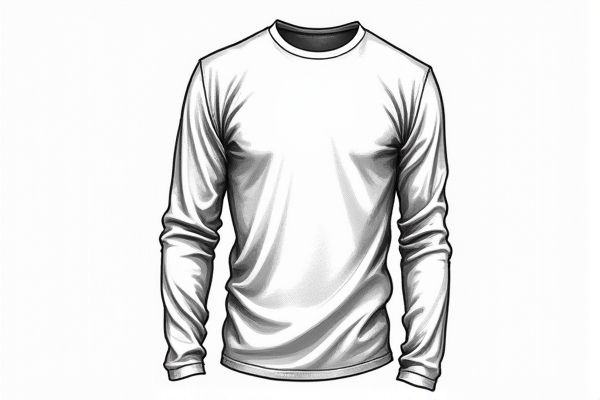

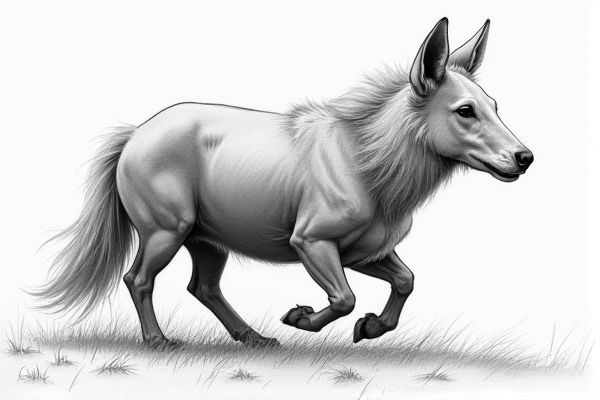





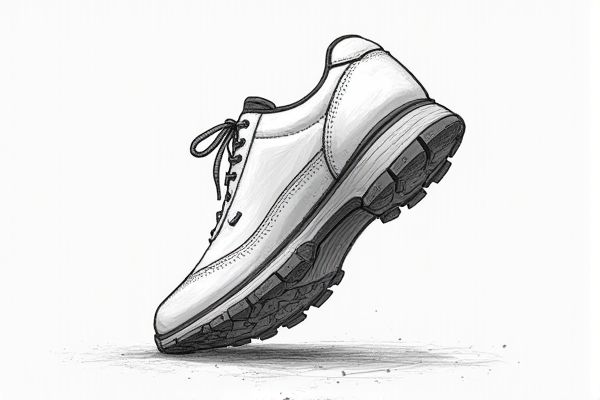
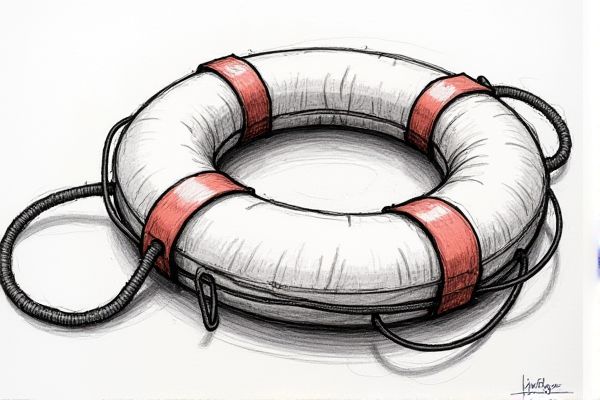
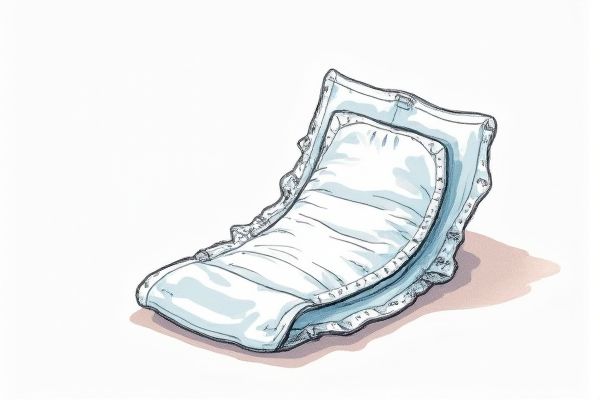
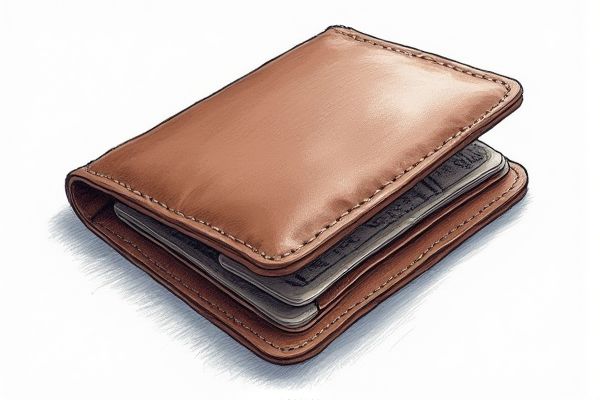
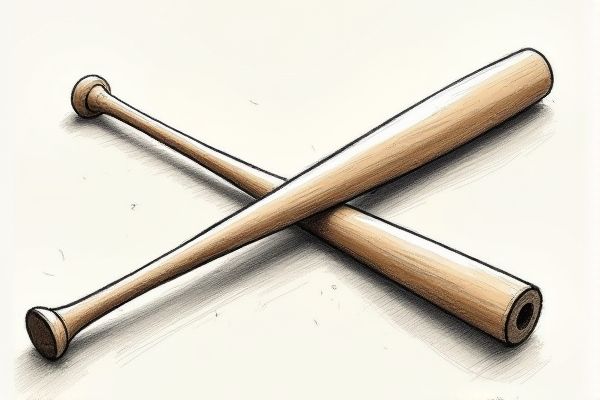
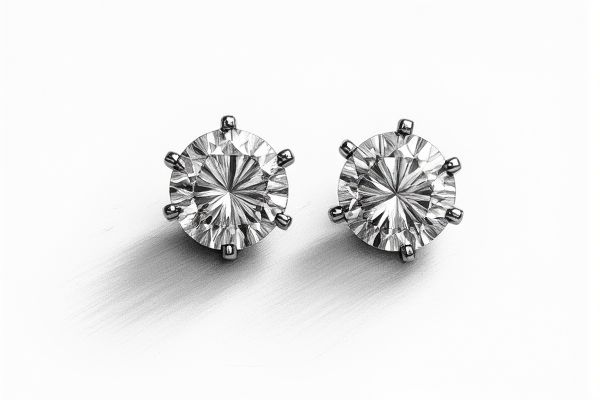
Leave a Reply
Your email address will not be published.